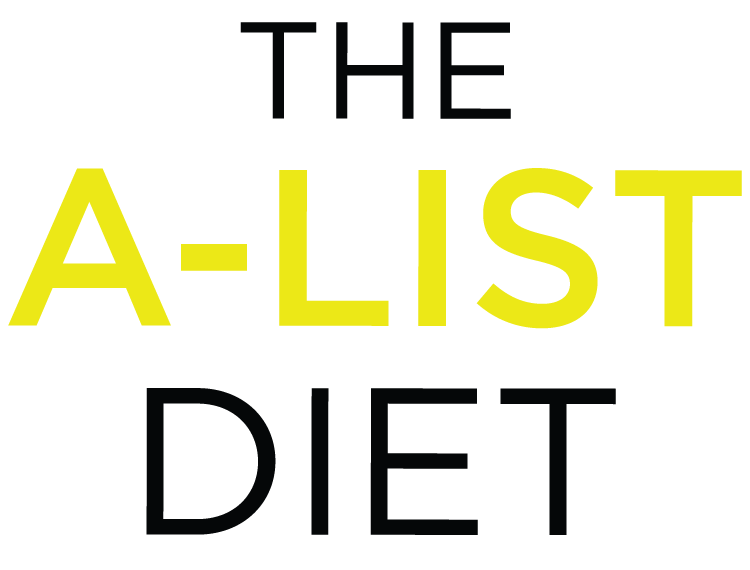If you really want to lose weight and keep it off, reducing inflammation is critical.
The main reason we suffer from inflammation comes down to the dreadful diet that’s become the “standard” in this country. The Standard American Diet (SAD) is loaded with packaged, processed foods that contain many inflammatory chemicals and other substances. And here’s the rub: Once you become overweight or obese, it compounds the inflammation problem even more. Body fat, and especially belly fat, triggers chronic, low-grade inflammation throughout the body.
And considering 2 out of 3 Americans are currently overweight or obese, I’d go so far as to say inflammation is a full-on crisis. Decreasing it should be priority No.1. The good news is, The A-List Diet is, at its core, an anti-inflammatory diet. So as you follow the steps I’ve outlined, you’ll conquer inflammation and your health — and your weight — will fall into place.
That said, you can get a jump start on slashing inflammation right at the supermarket, just by cutting out the processed, packaged foods. Instead, focus on whole, natural, minimally processed foods. This one simple step alone will make a huge difference in easing inflammation throughout your body.
You’ve probably heard this advice before, but shopping the “perimeter” of the grocery store is the simplest way to bypass most processed foods altogether. Avoid “foods” like crackers, granola bars, cereals, bottled salad dressings, and so on — all the products that fill up the center aisles in the supermarket. Stock your shopping cart with vegetables, fruit, cheese, meat, and seafood.
Another bonus: these foods are rich in protein and amino acids — the foundation of healthy and successful weight-loss…and my A-List Diet.
A-Listers’ Corner
Question: Is buying organic worth it?
Answer: This is a tricky question. The federal standards are actually quite lax, and why wouldn’t you expect that from our government? According to federal guidelines, an organic product can have nonorganic ingredients. Milk labeled “organic” can come from cows that have been treated with antibiotics. And livestock used to produce “organic” meat can be fed nonorganic fish meal. This basically means that what animals are eating doesn’t have to be organic, but the end product can still be called organic. Makes no sense, right? Unless you’re a government official, I suppose.
Because of these willy-nilly federal standards, I recommend buying locally sourced food. And this is an important distinction. “Local” and “organic” are not interchangeable terms.
“Local” means nothing other than that the food was grown or produced near you. It doesn’t necessarily mean that it’s organic. And on the flip side of this coin “organic” doesn’t always imply that the food is locally sourced. In fact, a lot of organic produce comes from Mexico.
But I often choose non-organic local food over organic food that travels a long distance before it reaches my plate. Why? Because local food is still loaded with live enzymes you won’t get in food that has spent weeks in crates being shipped across the globe.
There’s simply no substitute for knowing where your food is coming from.
One more thing…
Remember: food is just that. Food. It’s what your body needs to survive. Nothing more. Don’t give it any other meaning in your life than that. Don’t get me wrong — I think it’s important to enjoy your meals. And it’s never been easier to do that than with The A-List Diet. But if you’re turning to food for comfort, for validation, or for any reason other than sustenance, you’ll only wind up hungrier than ever.

